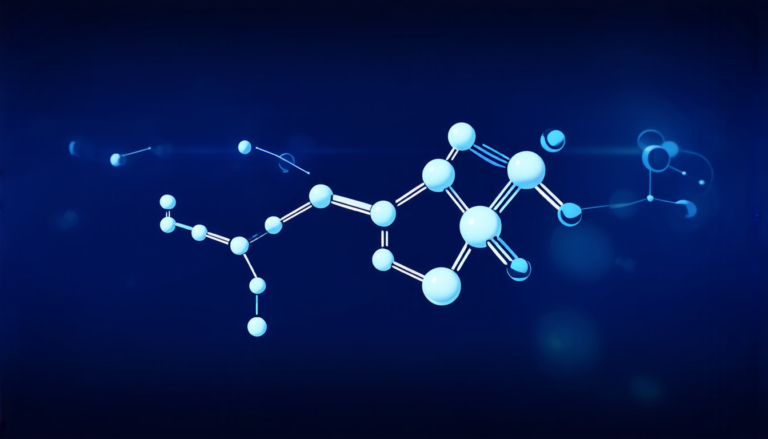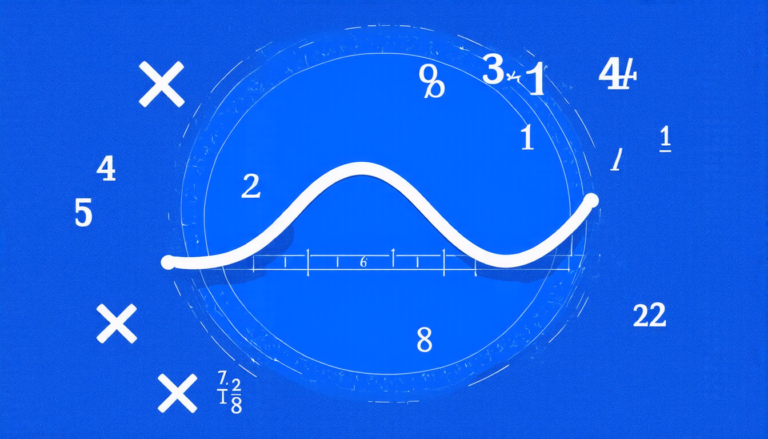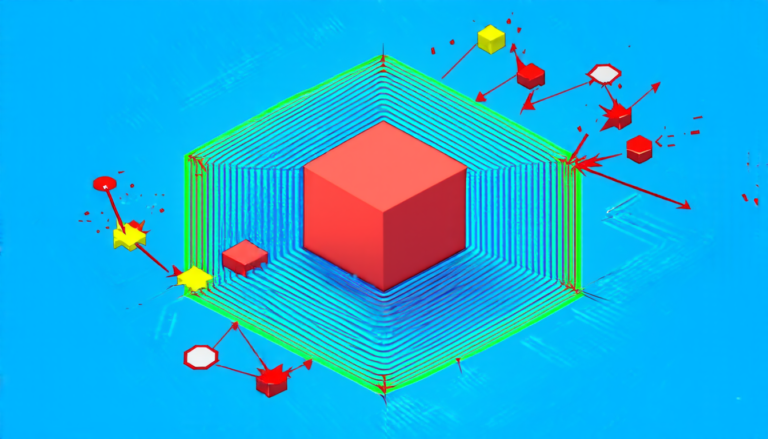Wednesday 30 April 2025
Scientists have made a significant breakthrough in understanding the behavior of certain types of equations that describe complex phenomena in physics and engineering. These equations, known as pseudo-parabolic equations, are used to model various processes such as heat conduction, fluid flow, and electrical current.
The researchers found that these equations can exhibit two distinct behaviors: either they decay exponentially over time or blow up, meaning their values increase without bound. The team was able to identify the conditions under which each of these behaviors occurs, providing valuable insights for applications in fields like materials science and climate modeling.
Pseudo-parabolic equations are a type of non-local equation, meaning that the behavior of one part of the system is influenced by other parts that are far away. This non-locality can lead to complex and unexpected behaviors, making it challenging to analyze these equations.
The researchers used a combination of mathematical techniques, including numerical simulations and analytical methods, to study the behavior of pseudo-parabolic equations. They found that the key factor determining whether an equation decays or blows up is the strength of the non-local interactions between different parts of the system.
In particular, they discovered that if the non-local interactions are strong enough, the equation will blow up, while if they are weak, it will decay exponentially over time. This finding has important implications for applications in fields like materials science and climate modeling, where understanding the behavior of pseudo-parabolic equations is crucial for predicting and controlling complex phenomena.
For example, in materials science, pseudo-parabolic equations can be used to model the behavior of alloys or nanomaterials under different conditions. Understanding whether these equations blow up or decay exponentially over time can help scientists design new materials with specific properties.
Similarly, in climate modeling, pseudo-parabolic equations are used to simulate the movement of heat and mass through the atmosphere and oceans. Accurate predictions of these phenomena require a deep understanding of the behavior of pseudo-parabolic equations, which is now possible thanks to this breakthrough.
The researchers’ findings have far-reaching implications for many fields, from materials science and climate modeling to electrical engineering and biophysics. As scientists continue to explore new applications of pseudo-parabolic equations, this breakthrough will provide a solid foundation for their work, allowing them to make more accurate predictions and design more effective solutions.
Cite this article: “Unraveling the Behavior of Pseudo-Parabolic Equations in Physics and Engineering”, The Science Archive, 2025.
Physics, Engineering, Pseudo-Parabolic Equations, Heat Conduction, Fluid Flow, Electrical Current, Materials Science, Climate Modeling, Non-Local Equation, Numerical Simulations







